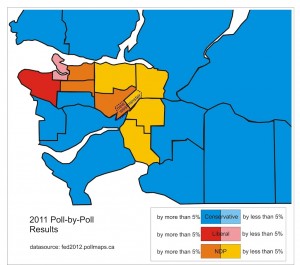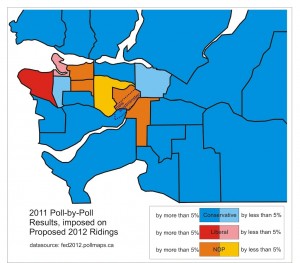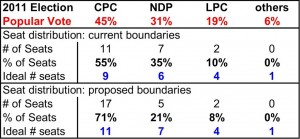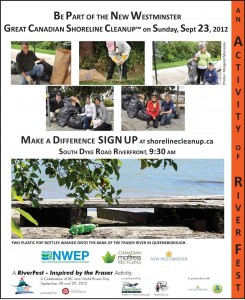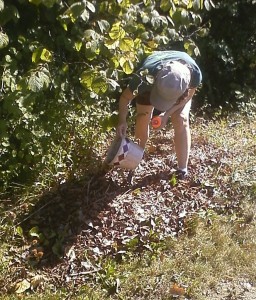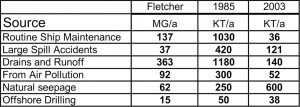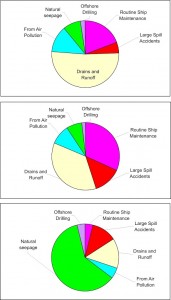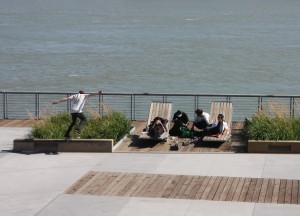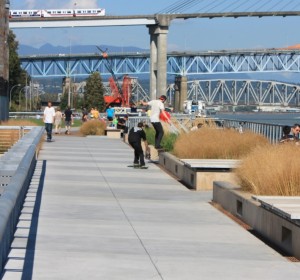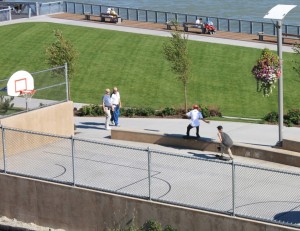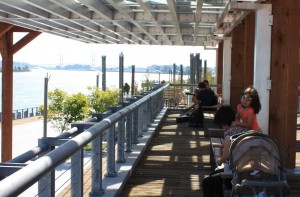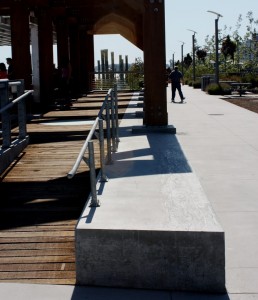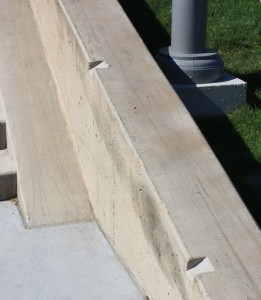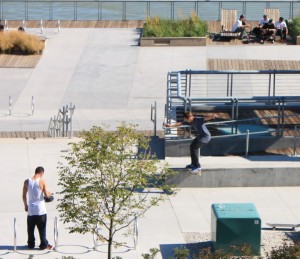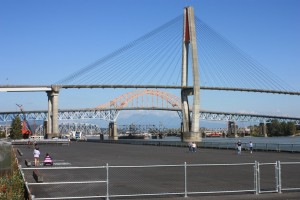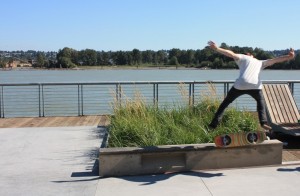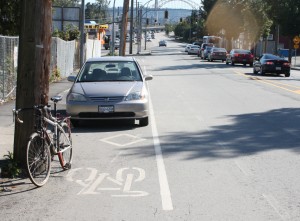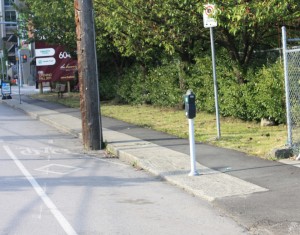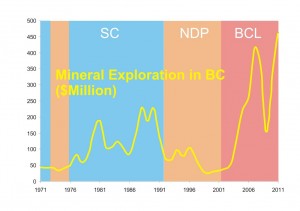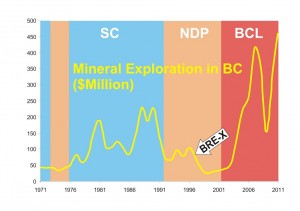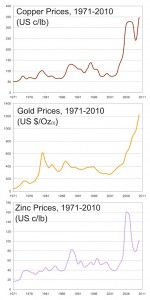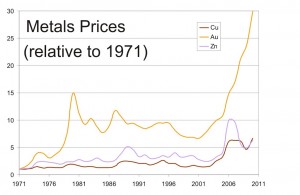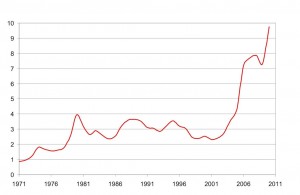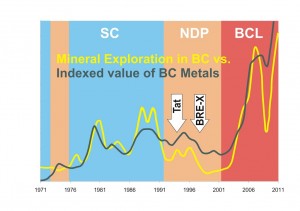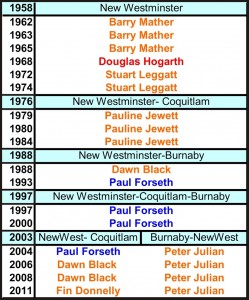Two remarkable transportation stories hit the media this week, but few people have mentioned that they are connected at the hip.
Story #1: The ongoing crisis with public transportation in Vancouver has reached a new low.
Frustrated transit users are being left behind as demand continues to increase, and TransLink cannot afford to even maintain existing levels of service. Anyone trying to catch a 145 to SFU in the morning or a westbound 99 B-line pretty much any time of day know the system is broken.
Now increasing numbers of people, enjoying our revitalized Downtown (which is finally shucking the “No-Fun-City” reputation) while responsibly avoiding drinking-and-driving, find they cannot get out of downtown after Transit effectively shuts down at 1:00am. There is no budget to increase the number of NightBusses that are leaving people standing on the street at 2:00am, so TransLink is instead hiring Security Guards to manage the pissed-off customers!
Get that straight, the regional Transit System is so failing at its mandate, it has to hire security to beat the customers away from using their service.
On what planet is that a rational situation?
Story #2: The protracted opening of the new Port Mann Bridge is starting.
First, the announcement that tolls for the bridge will be cut in half until after the election, then that there will be no tolls for the first week (reinforcing the message that car dependency is like any other addiction – freebees help get your customers hooked!) , then the snap announcement that EastBound lanes will be opened (today), relatively bereft of fanfare, it was more likely a hasty response to a bit of poor planning yesterday that resulted in temporary traffic chaos (which should be differentiated from the permanent traffic chaos that will result from this entire project)
The missing context is how these two stories are really just one story. The Province and Feds are saying they cannot possibly afford to provide a couple of hundred million dollars to support the continued operation of a Transportation System that is bursting at its seams from overuse, so the Cities like Burnaby and Vancouver are going to have to buck up and find other solutions on their own dime. At the same time, the Feds and the Province are blowing somewhere north of $5 Billion building a transportation system that few people outside of Langley and Surrey want.
The tolls on the Port Mann are not going to pay for the Bridge (see this year’s projected $38 Million shortfall on the Golden Ears), and they are not even intended to pay for the 37 Kilometres of Freeway expansion from Grandview to 200th Street, or the dozen interchanges that are being stripped down and replaced. They are also not going to pay for the South Fraser Perimeter Road, or the Pitt River Bridge Replacement, the spectacular expansion of Lougheed Highway through Coquitlam Big-Box Hell (with concomitant King Edward Overpass).
Strange that after all the money spent on these roads, it is the Provincial contribution to the Rapid Bus Service that is only part of the project that has not barged ahead, costs be damned!
Yet the first opening day for the Bridge- the centrepiece of the most expansive roadbuilding project the Province’s history – was overshadowed on the front page of the Province by some sort of alleged taxpayer revolt over TransLink’s request for a little more money to keep operating the only alternative to more freeways. The biggest news in the Minister of Transportation’s home riding is that they may have to pay $2 to park their car all day in a park-and-ride to catch the Rapid Bus their MLA refuses to allocate the funds to operate!
These are twisted times, my friends.
As much as I may have questioned TransLink’s motivations in the past, I am starting to feel sorry for them, because none of this is their own doing.
I am convinced TransLink would rather provide enough NightBusses to get people safely home from Downtown at night, and not have to hire extra security to scare off potential fare-payers. I am positive TransLink would love to have an efficient and reliable RapidBus service to get people from Langley to Downtown in a reasonable time. I am sure TransLink would have rather have invested $150Million in service improvements than be forced to waste that amount on FalconGates that will not even address the alleged Fare Evasion “problem” on the system.
I am also sure that given a stable funding source, and a governance model free of political interference, TransLink would be able to achieve the goals they set for themselves in the Transport2040 plan. They would be fulfilling their mandate under the Livable Region Strategy. They would be able to deliver decent service and adapt to changes in how people use Transit. Instead, they are sitting outside a SkyTrain Station, hat in hand, looking for enough money to get their next fix, hoping the Transit Cops don’t shoo them away, while Elected Officials biker over which form of tax is most “appropriate”.
As it is now, the entire system is broken. Road lanes are being built, bus service is being cut. The entire $5Billion Gateway program was announced, designed, built and brought onstream in a little over 7 years, meanwhile it has been 15 Years since a Rapid Transit Line to the Northeast Sector was announced, and there are no signs of an Evergreen running any time soon, never mind Rapid Transit expansion on the Broadway Corridor or South of the Fraser.
The saddest part is the lost opportunity. During the Olympics, MetroVancouver proved what could be done: we could move a huge number of confused, lost, (and commonly drunk) people cheaply and efficiently even as we were reducing road space for cars. At the time, it was seen as a vision for the future, the model being proven that it can work. We had the momentum, but we lost it.
That lost opportunity, not some shiny new bridge looming like the Sword of Damocles over Coquitlam, will be Kevin Falcon’s legacy.
